8 proven retention marketing strategies to boost customer loyalty
 Katie Morley
Katie Morley
May 14, 2024
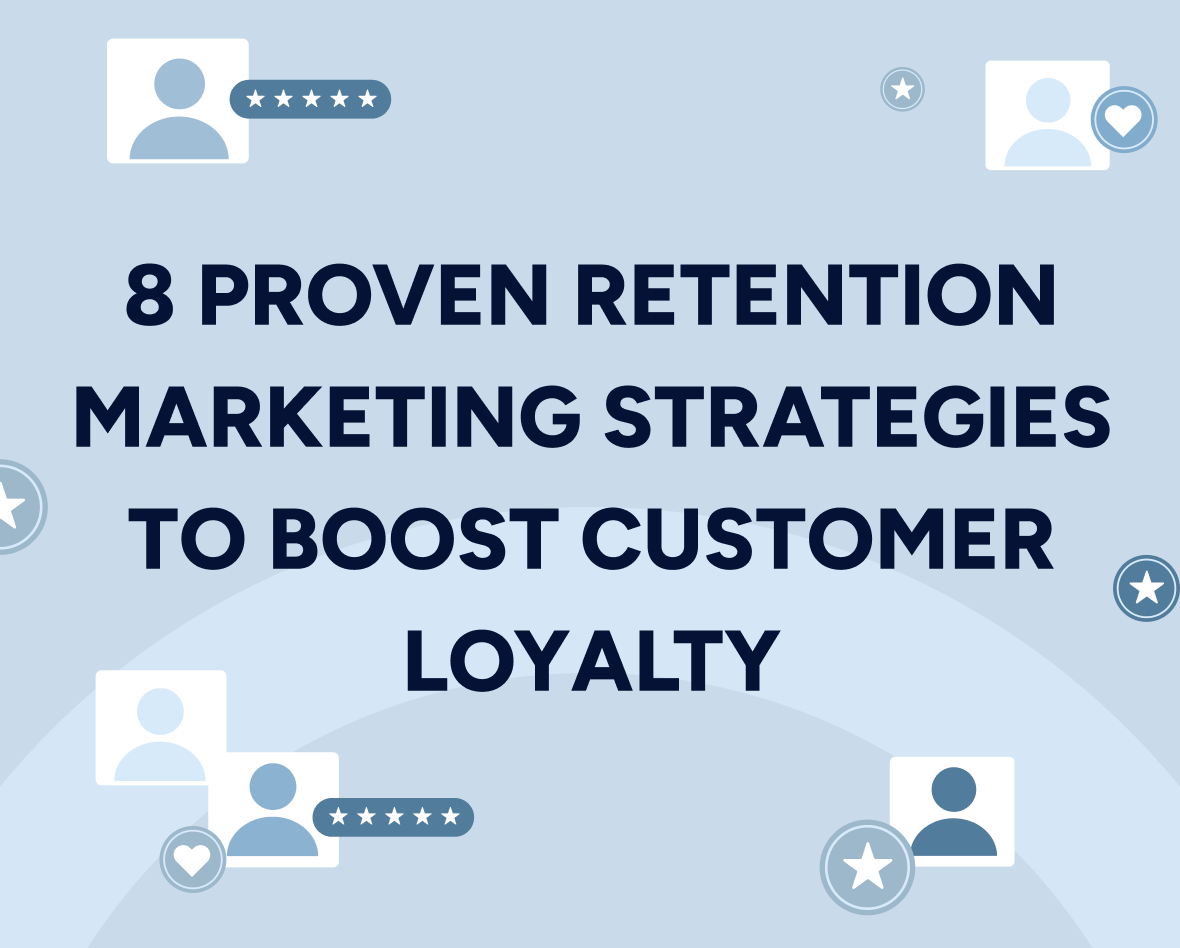
 Katie Morley
Katie Morley
May 14, 2024
 Katie Morley
Katie Morley
May 14, 2024

 Katie Morley
Katie Morley
May 14, 2024
There’s little that’s more thrilling than landing a brand-new customer. It’s a fresh opportunity that directly translates to more revenue and growth for your company.
But there’s something that’s admittedly less exciting but just as (if not more) important: keeping the customers you already have.
Retention marketing strategies don’t get the same flash and fanfare as tactics and campaigns for customer acquisition. Yet effective customer retention marketing is crucial for fostering loyalty, reducing churn, and boosting your bottom line.
What is retention marketing?
Retention vs. acquisition marketing: What’s the difference?
What are the benefits of retention marketing?
8 customer retention marketing best practices in 2024
Personalization in retention marketing: Where it fits in
How to prioritize retention marketing strategies
Getting started with Insider for customer retention marketing
Retention marketing is a strategy focused on engaging existing customers to maintain their loyalty, encourage repeat purchases, and increase customer retention. It’s a broad term for all of the activities your business undertakes to keep your existing customers and make them more profitable.
While they’re both marketing strategies, retention marketing, and acquisition marketing have entirely different objectives—among a few other notable differences. Here’s a look at what sets these two approaches apart from each other:
| Retention marketing: | Acquisition marketing: | |
| Target audience: | Current customers | New customers |
| Goal: | Engaging existing customers | Attract potential new customers |
| Cost: | More cost-effective | Higher upfront costs |
| Success metrics: | Retention rate Customer lifetime value Repeat purchase rate | Customer acquisition cost Conversion rate |
Retention marketing and acquisition marketing will also rely on different strategies to achieve their objectives. While acquisition marketing uses advertising, social media campaigns, and other promotions to attract new customers, retention marketing will rely on tactics like personalized marketing, loyalty programs, and top-notch customer service to keep existing customers on the hook.
These two marketing approaches aren’t an “either/or” scenario—they’re both important for businesses. After all, you can’t retain customers if you don’t attract them in the first place.
The argument isn’t that you should prioritize your customer retention strategies over your acquisition strategies, but that you need to focus on them in addition to customer acquisition.
While retention might not be accompanied by the same stomach-flipping thrill that comes along with landing an entirely new customer, better customer retention offers a number of compelling benefits.
You’ve probably heard that old saying about “a bird in the hand,” right? A customer you already have is worth more than one you don’t have—and that’s especially true when you use automated retention campaigns and strategies to make the customer even more valuable.
When you engage a customer with personalized offers and exceptional service, they’re more likely to make repeat purchases, agree to upsells or cross-sells, and step up to higher-tier plans or service levels.
Take loyalty programs as just one example of the power of engaging your current customers. Research from Accenture found that members of loyalty programs generate 12-18% more revenue for retailers than customers who aren’t a part of those programs, proving you’re leaving money on the table by overlooking or neglecting your existing customers.
Some research indicates that acquiring a new customer can cost five to seven times more than retaining an existing one. Other estimates say it can cost anywhere from five to 25 times more.
Specific digits aside, everybody agrees on this point: It’s more expensive to bring a new customer on board than it is to keep a current one. Retention marketing strategies are typically more affordable to implement and also yield a better return on investment.
From top-notch customer support to transparent communication, the tactics involved in customer retention all create a better experience for your customers. In fact, research from PwC found that knowledgeable help and friendly service are two of the most important elements of a positive customer experience.
Happy customers are more likely to refer and recommend you to others. And when word-of-mouth marketing is such a highly trusted marketing channel (an impressive 92% of consumers say they trust recommendations from friends and family above all other forms of advertising), a solid experience can turn your existing customers into passionate brand champions.
Effective customer retention hinges on successful relationship building—even if it’s happening on a large scale. When customers feel like they have a close relationship with your business, it’s easier for them to trust you. That leads to more honest communication and more helpful feedback you can use to improve.
Additionally, your existing and potentially even long-running customers have better knowledge of your company’s products or services, which makes their insights more pertinent and valuable.
Focusing on retention is good news for your customers and your entire business. But let’s go beyond the theoretical and take a look at eight retention marketing strategies you can use to reap the benefits of higher engagement and lower churn.
When you hear the term “existing customer,” it’s easy to think of your steady, long-standing customers. However, your focus on retention needs to kick off right away—starting with your customer onboarding.
It’s a potentially fragile time when customers are still sussing out whether you’ll deliver what was promised. How you interact with them during this period sets the tone for the entire customer relationship.
By providing personalized experiences during onboarding, such as tailored tutorials and resources closely related to your customer’s preferences, you can enhance their trust, satisfaction, and loyalty right out of the gate.
Human beings are inherently competitive and gamification can help you positively harness that natural inclination.
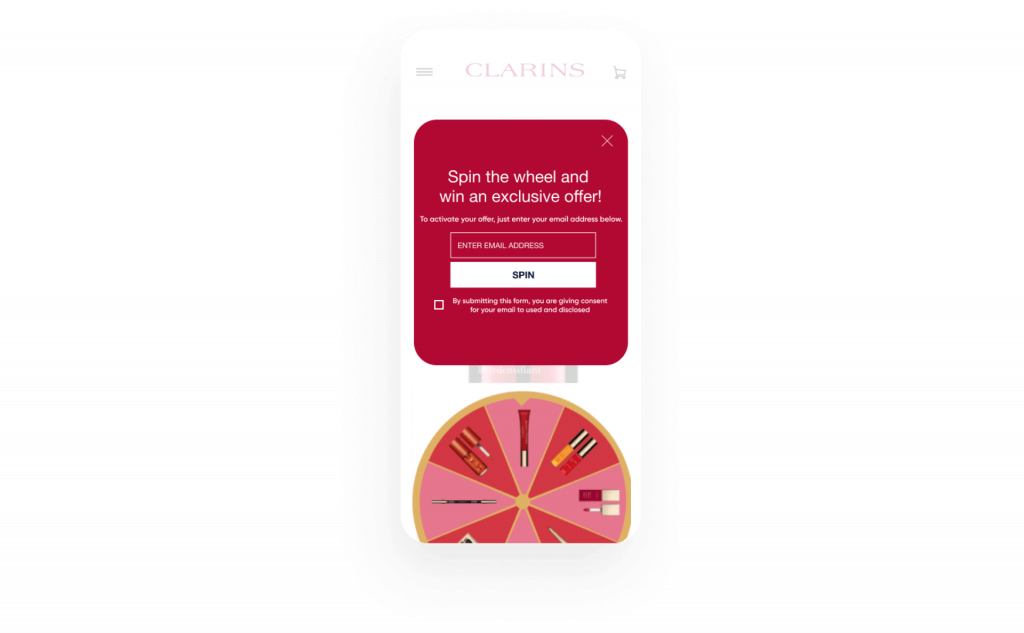
Incorporate game elements like points, badges, or leaderboards to instill a sense of friendly competition and achievement. Studies show that this gamification goes a long way in increasing user engagement.
Personalization is crucial for customer retention. To keep your customers, you need to know what makes them tick. But that’s nearly impossible without a comprehensive, 360-degree view of each customer.
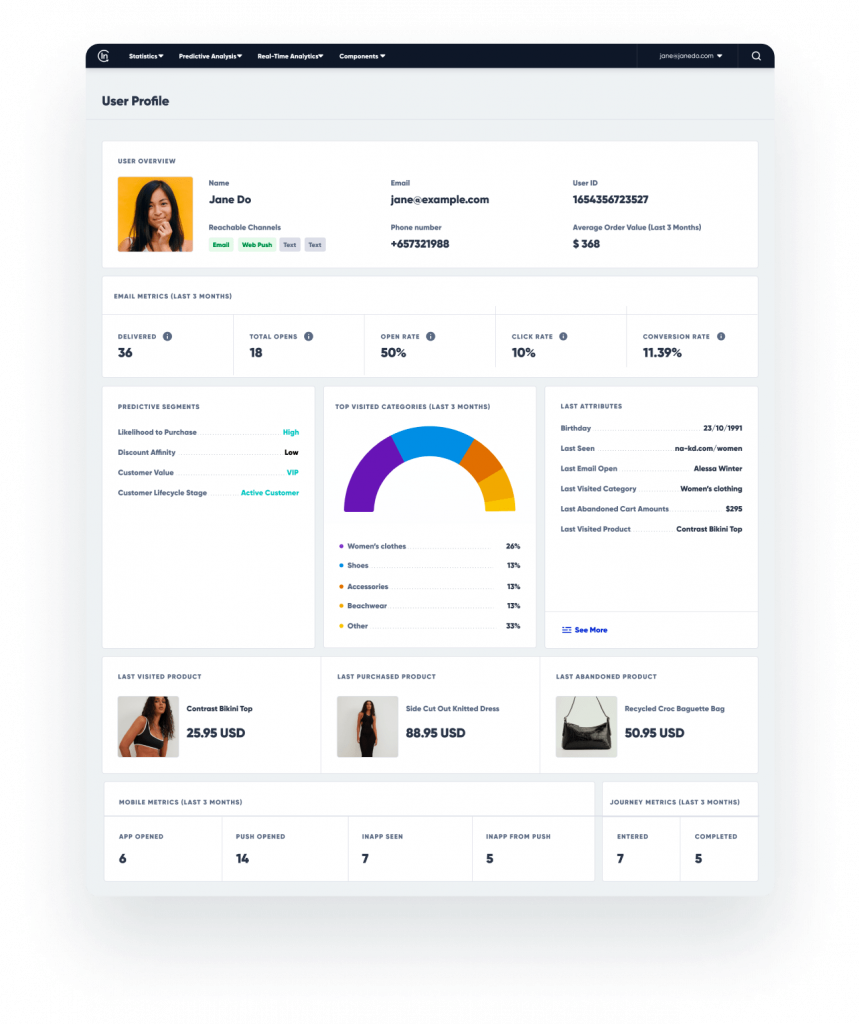
Your omnichannel customer engagement platform should aggregate data from various touchpoints, including a customer’s purchase history and previous interactions, to help you build a more thorough understanding of your customers. That’s what allows you to deliver more tailored and engaging experiences.
The issue isn’t just that your existing customers are overlooked—it’s that they can feel punished. They’re often left out of grabby promotions and your other acquisition strategies, which can leave them feeling undervalued and underserved.
It’s important to find ways to make your customers feel like VIPs, and this is one effective way to do that. If there’s a premium feature that isn’t part of a customer’s current plan, allow them to try that more advanced feature for free.
It can increase their trust and satisfaction, make them feel nurtured and cared for, and even boost their chances of increasing their existing plan or subscription.
Similarly to the above, providing your existing customers with beta access to new features can create a sense of exclusivity and involvement in the product’s development.
Not only that, but you’ll benefit from valuable feedback you can use to improve the final version—from customers who already know and love your product.
It’s easy for long-standing, loyal customers to feel taken for granted. Help them feel celebrated through efforts like:
Those retention marketing strategies are affordable and a light lift but help your existing customers feel appreciated rather than abandoned.
Ideally, you know the ins and outs of your existing customers—but it’s important to remember that they know the ins and outs of your business too. That makes them your most valuable resource for collecting feedback about your product and customer experience.
Use concise surveys to gather their insights and then act on their suggestions by making relevant improvements. Doing so demonstrates that you value their continued loyalty and their opinions.
Sure, keeping your best customers happy is a key part of retention marketing. But your dormant and inactive users carry some weight here too.
The right marketing automation platforms will help you reach out to idle customers with targeted offers, personalized content, or exclusive deals to rekindle their interest and bring them back to your business. Doing so can boost customer lifetime value and contribute to growth—without having to look for new customers.
We’ve mentioned personalization a few times, but what does this actually mean? It involves far more than simply including a “first name” variable in your retention email marketing campaigns. Here are a few creative ways you can incorporate personalization in your retention marketing strategies:
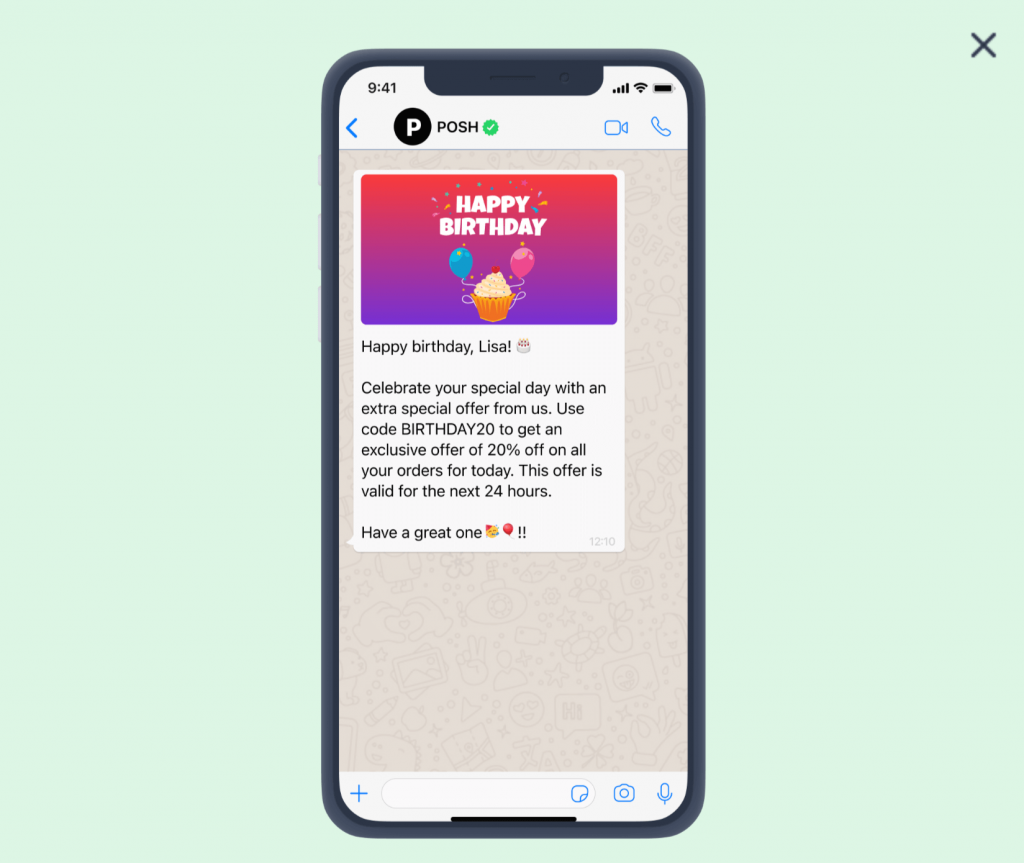
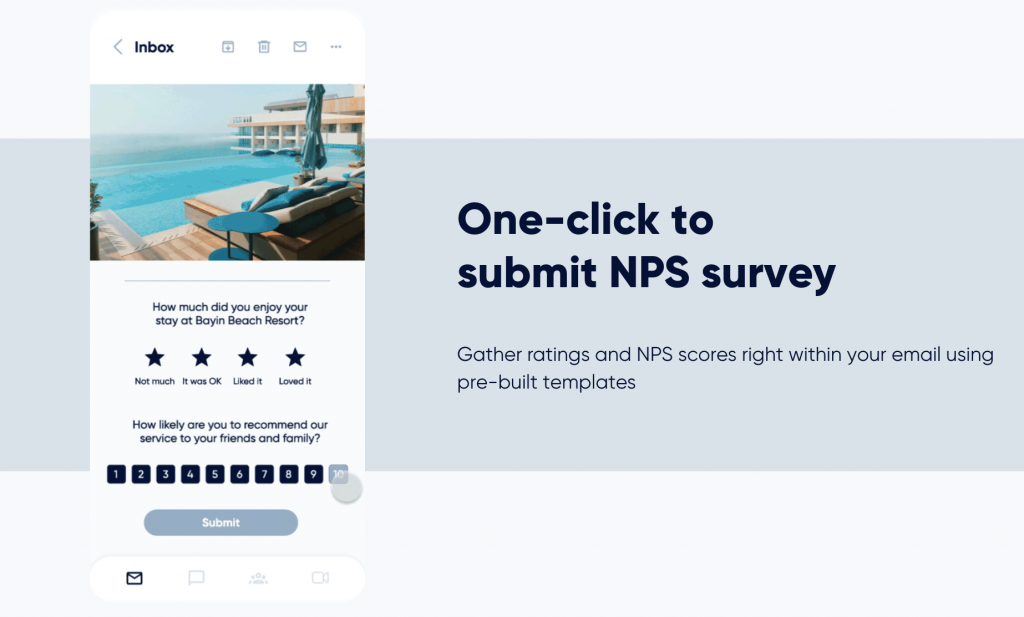
There’s no shortage of tactics you can put into play to keep your customers engaged with and excited about your brand. It begs the question: Where should you start? Here are a few best practices to help you craft your strategy:
Dig through your customer data to see if you can determine what’s causing customer churn. Whether it’s an inadequate onboarding process, lackluster support, pricing concerns, technical issues, or anything in between, understanding where your customers tend to be dropping off will help you develop targeted retention strategies that address those specific problems.
Who’s ultimately responsible for both customer churn and retention? Is it marketing? Customer support? Customer success? You need clarity on who’s driving those initiatives before you can decide your next steps.
As the old saying goes, you can’t improve what you can’t measure. So, align with the rest of the team to look at your cross-channel marketing efforts and determine which metrics you’ll focus on. Potential options include:
Retaining your existing customers might not be as thrilling as reeling in new ones, but focusing on retention is crucial for running a healthy and sustainable business.
Insider can help you deliver personalized, cross-channel experiences that engage and delight your existing customers. For example, using Insider for ecommerce retention marketing, fashion brand NA-KD broke down data silos and gained a 360-degree view of each customer, allowing them to personalize journeys and ultimately increase customer lifetime value by 25%.
It’s proof that impressive results don’t just come from reaching new customers, but from retaining the ones you already have.
Ready to give retention the focus it deserves? Get started with Insider.

Written by
Katie Morley
Katie is an award-winning content marketer with over eight years of experience in content strategy, development, and copywriting. As Global Content Director at Insider, she currently oversees content strategy across 26 regions. Fun fact: Katie read 64 books last year (for which she owes a long commute and two week-long holidays where she spent approximately six hours a day with her nose in a book).